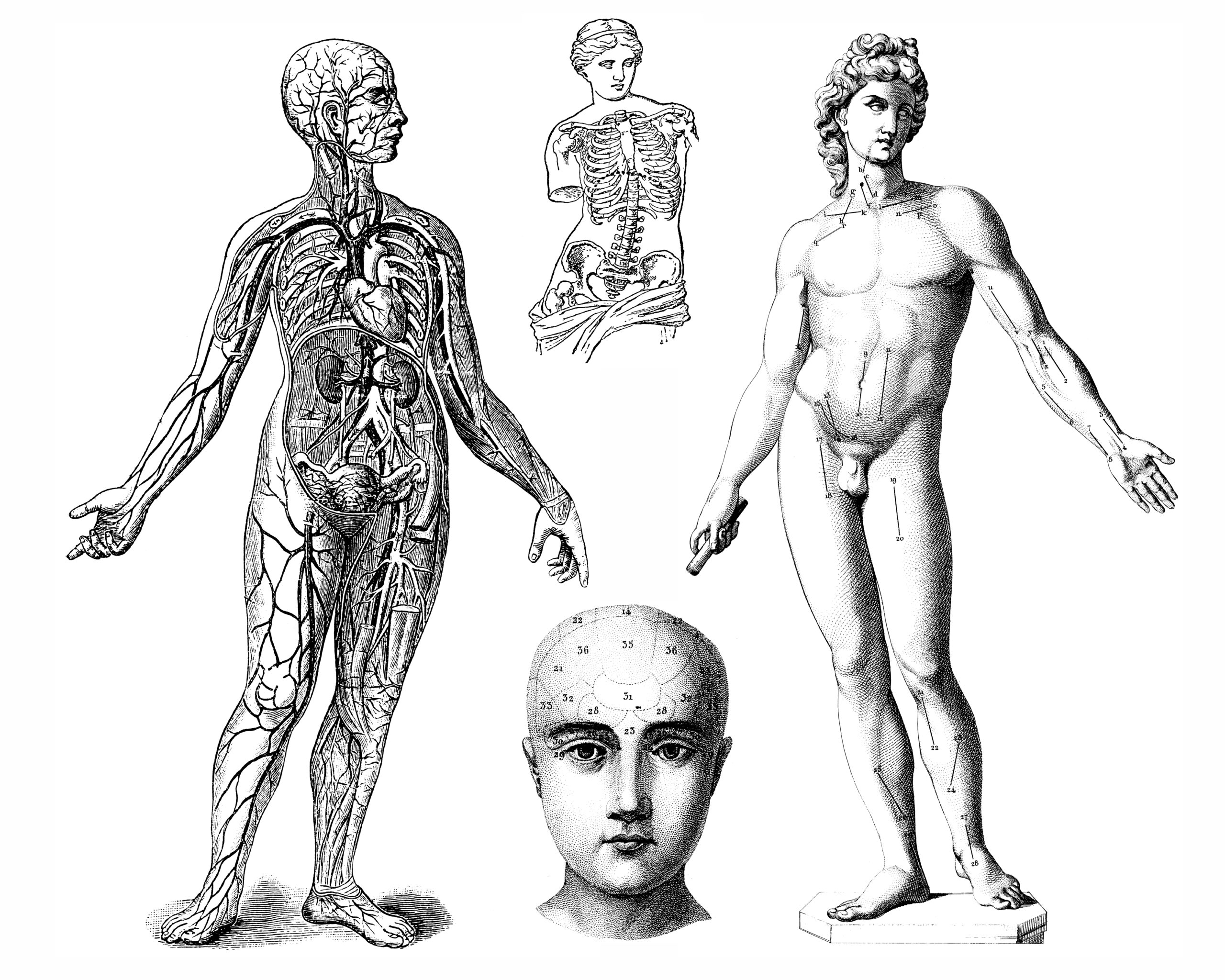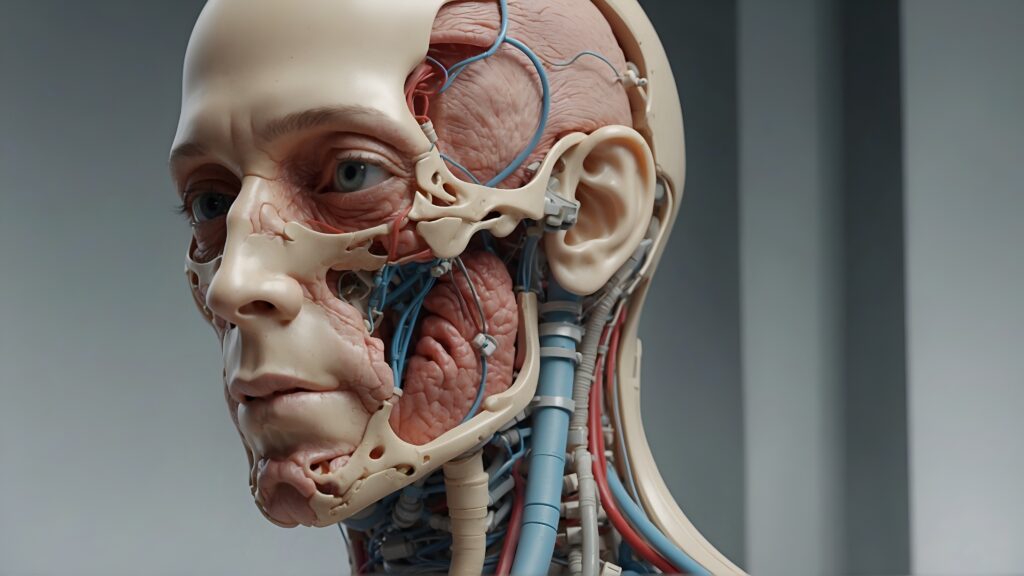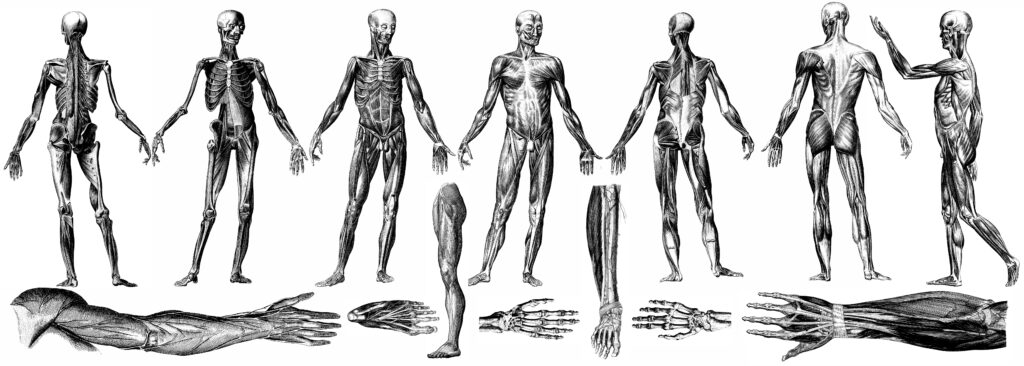“Teeth in the flesh”

The relationship between teeth and other organs
Even in ancient times, doctors believed that all organs and systems of the human body are closely interconnected. Deviations in the work of one of them immediately affect the well-being of a person, and are reflected in other organs. And the connection of teeth with internal organs has already been scientifically proven. In the oral cavity, the reaction to the disease of a particular organ is reflected, as in a mirror. What does this say, for example, tooth enamel color? Only a completely healthy person has a beautiful “Hollywood” smile, characterized by a natural healthy color not only of the teeth, but also of the mucous membrane.


Nature
The natural color of enamel varies from person to person. But sometimes the color of teeth can tell a lot about a person's health:
– yellow enamel is a sign of problems with the biliary tract; frequent smokers often have yellow teeth;
– when immunity weakens, tooth enamel takes on a brown tint;
– the color of mother-of-pearl is observed in people with a low hemoglobin content in the blood;
– milk-colored enamel indicates a lack of minerals in dental tissues, this is also a sign of increased thyroid activity.
– very often, a lack of minerals, especially in early childhood, leads to the appearance of gray spots or yellow stripes on the teeth; this problem can also occur due to excessive use of antibiotics; in some cases, taking, for example, tetracycline during the period of bearing a child, may subsequently affect the color of his tooth enamel.
Teeth are a connecting link between human organs. Everyone notices that there are cases when an outwardly healthy tooth, on which there is not even the slightest sign of caries or other disease, is pierced by the most severe pain. Many believe that this occurs as a result of inflammation of the dental nerve. They are probably partly right. Since it is the nerve endings that give us signals about disturbances in the body's functioning. Sometimes it happens that pain occurs at the site of a tooth that has been removed long ago. This once again confirms the connection between teeth and organs, and their pain is a signal about disturbances in the body's functioning. Even in childhood, various disorders, especially in metabolism, cause various allergies and become the cause of improper development of the jaws and teeth. In this case, teething can occur with a delay, a defect occurs in the development of the jaw, an incorrect bite is formed. Various infectious diseases suffered in childhood, such as measles, scarlet fever, influenza and others, cause disorders in the functioning of the oral mucosa and lead to diseases such as pulpitis, periodontitis and osteomyelitis, although caries may not be present.
The connection between teeth and organs is most often manifested when it is disrupted. water-salt metabolismThis causes bleeding gums and increases the risk of caries. Diabetes mellitus often accompanied by alveolar pyorrhea. Gastritis, chronic colitis, stomach or intestinal ulcer and other diseases of the gastrointestinal tract cause the appearance of plaque and cracks on the tongue, its swelling, small ulcers and erosions on the mucous membrane, and weakening of the gums. Vitamin C deficiency and other vitamin deficiencies lead to loosening of teeth, exposed gums, and an unpleasant odor from the mouth.
In turn, the connection between the condition of the teeth and the health of the body also has a reverse direction. Gum and tooth diseases, if not treated in time, can cause a number of serious disorders in the functioning of various organs. With insufficient work of the chewing apparatus, the motor and secretory function of the stomach may decrease, and there may be disturbances in the work of the cardiovascular system associated with intoxication of the body due to the presence of acute foci of infection. There are many examples when signs of heart failure, and sometimes severe attacks of angina pectoris, passed after the completion of a course of dental treatment and complete removal of the source of toxic infection.
Teeth and their correspondence to the internal organs of a person: to have a complete idea of how diseases of the oral cavity are related to internal organs, you need to familiarize yourself with which organs the teeth are responsible for.
For example, signals are given about the functioning of the kidneys, the genitourinary system, as well as ear diseases. upper and lower incisorsDiseases that indicate disorders in the functioning of the biliary tract fangs. Premolars (small molars) will indicate the presence of bronchitis, pneumonia, polyps or weak functioning of the large intestine. And the condition molars will help you learn how the spleen, gastrointestinal tract, and excretory system function. Diseases of the cardiovascular system most fully reflect wisdom teeth. If they are seriously ill, it is time to pay close attention to the heart. Sometimes aching wisdom teeth are harbingers of coronary artery disease, congenital heart disease and other cardiac abnormalities. The appearance of tartar is evidence of disorders in the endocrine system, signs of peptic ulcer disease.
Join us 😘
Be the nextHappy Patient
We have already helped hundreds of patients restore dental health and a beautiful smile. Your perfect smile is closer than you think. Let's create it together!






